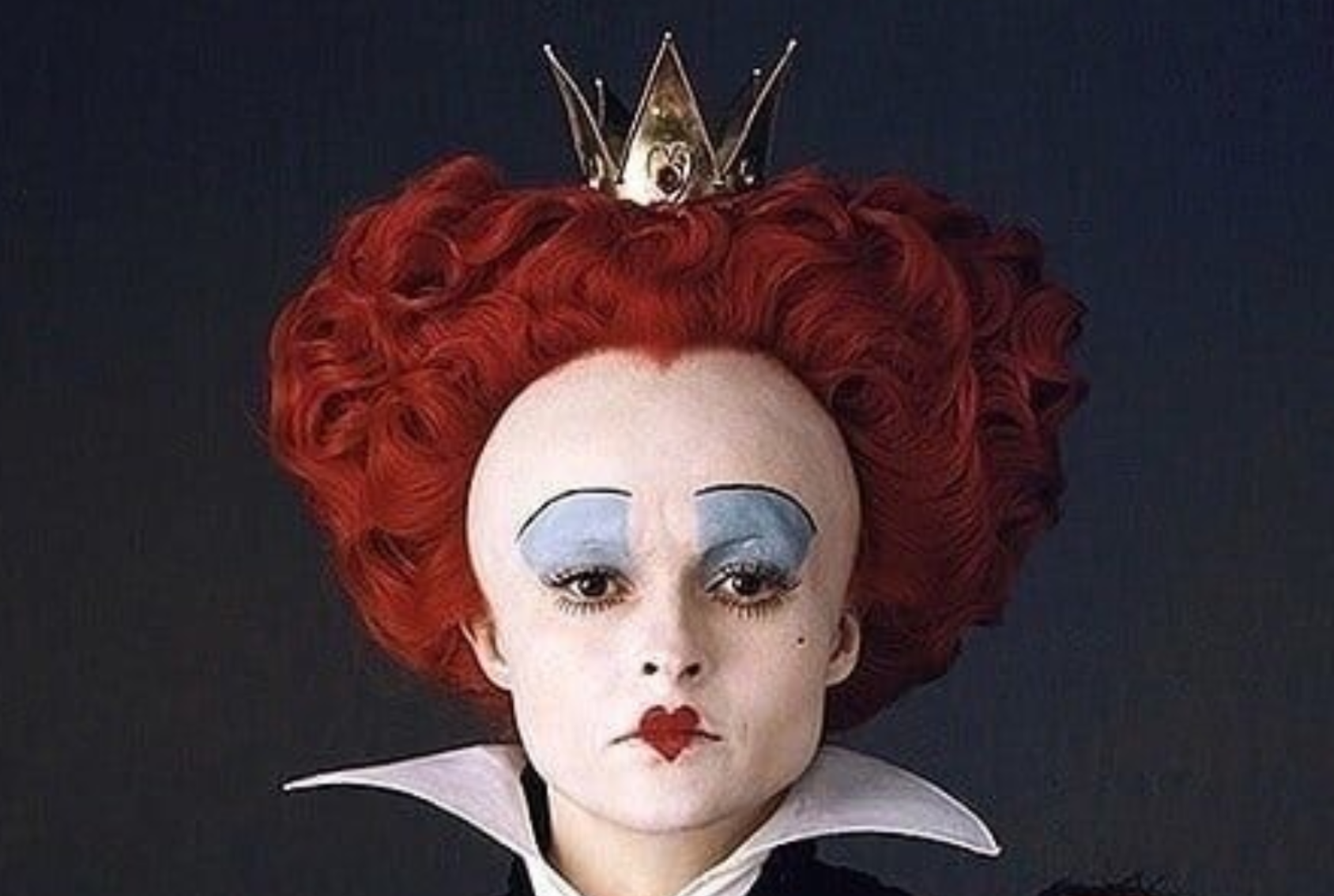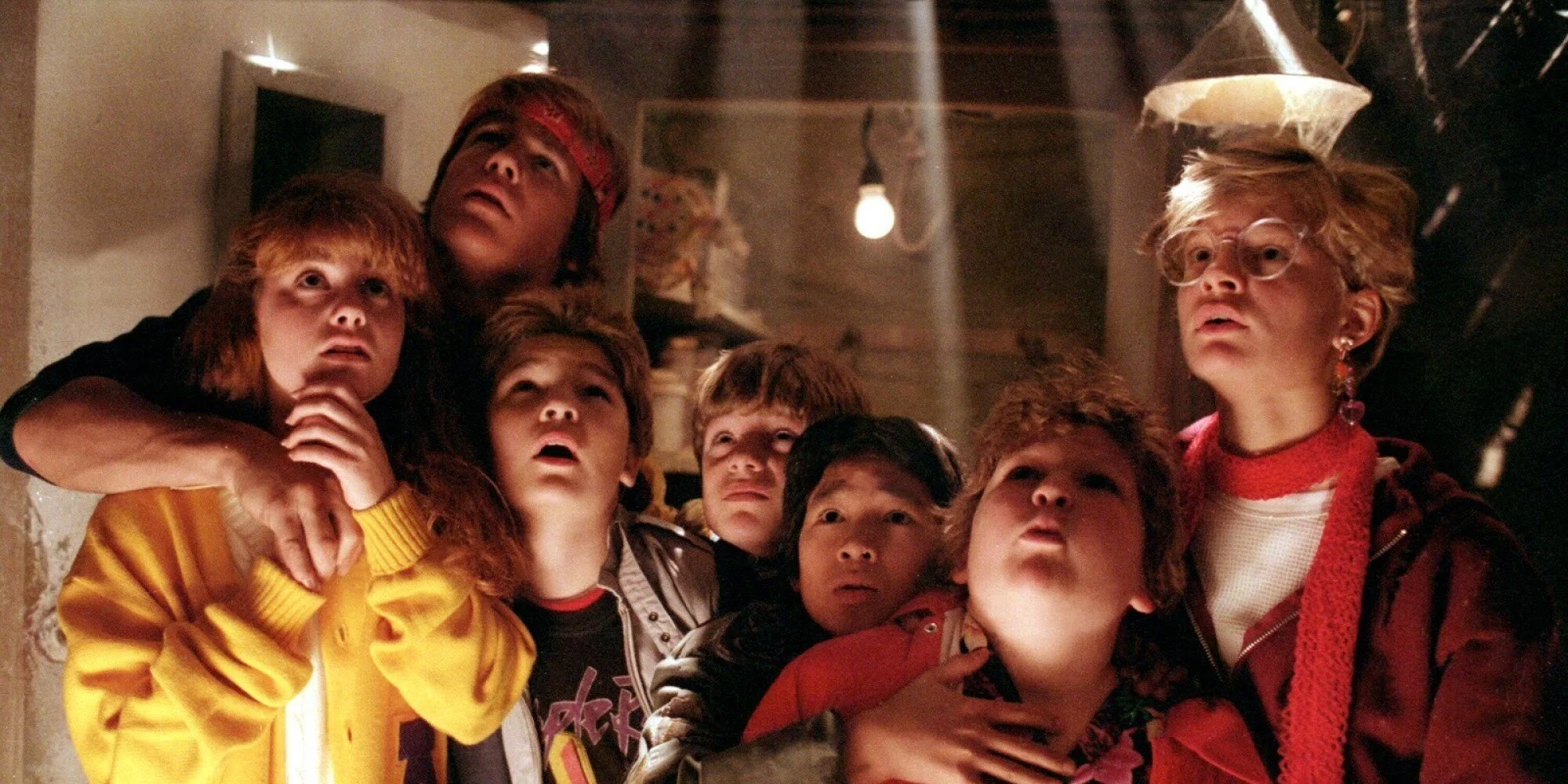"The child is born out of the womb of the unconscious, begotten out of the depths of human nature, or rather out of living Nature herself. It is a personification of vital forces quite outside the limited range of our conscious mind; of ways and possibilities of which our one-sided conscious mind knows nothing; a wholeness which embraces the very depths of Nature. It represents the strongest, the most ineluctable urge in every being, namely the urge to realize itself… the urge and compulsion to self-realization." Carl Jung, The Psychology of the Child Archetype," The Archetypes and the Collective Unconscious, CW 9i, par. 289.
Have you ever witnessed an adult suddenly transform into a child right in front of your eyes? It's an incredible sight to see, but not many of us realize that the Child Archetype is present in all of us, regardless of our age. This archetype is the foundation of our personality development and can influence our perceptions, interpretations, and understanding of the world around us.
The Child Archetype is an active part of our soul that yearns to be heard and acknowledged. It is the source of our creativity, allowing us to access our innocence, playful spirit, and wild imagination. Unfortunately, as we grow up, we tend to repress our inner child's voice, taking on an adult persona as expected by society.
Connecting with your inner child is essential to embrace your creativity and confront any immature behaviors that lead to dysfunctional relationships and poor decision-making. To integrate our childhood, we need to explore our unmet desires as a child, parent, nurture and continue to raise our inner child. Practicing self-love is parenting the inner child.
The Child Archetype exhibits our conscious and unconscious sides, representing our independence and dependence on others. Acknowledging and exploring our inner child's needs as we integrate our childhood can help us cultivate our innate creativity. It can also help us address current challenges rooted in our past.
Caroline Myss describes the six subtypes of the Child Archetype in her book "Sacred Contracts." They are the Innocent/Magical Child, the Orphan Child, the Wounded Child, the Nature Child, the Eternal Child, and the Divine Child. Each subtype has unique challenges and needs to find balance, but all can help us heal our inner child.
Below are the six subtypes summarized
The Innocent child/Magical child:
The Innocent/Magical child can see the silver lining in all things. This archetype maintains courage and wisdom in catastrophe.
Challenges/Needs to Find Balance: It might be easy to get caught up in fairy tales and magical thinking without being genuinely grounded in this reality.
Examples - Anne Frank, Tiny Tim from A Christmas Carol
The Orphan Child:
The Orphan doesn't feel like they belong or have a family. They often are looking for a surrogate family.
Challenges/Needs to Find Balance: Creating and maintaining relationships.
Examples - Harry Potter in the Harry Potter Series, Will Hunting in Goodwill Hunting, Mary Lennox in The Secret Garden, James in James in the Giant Peach
The Wounded Child:
The wounded child experiences and holds pain from trauma, abuse, and neglect from childhood. These factors contribute to dysfunctional relationships and in the ability to cope with circumstances brought on by poor choices. The wounded child holds anger towards their parents and caretakers. They often find purpose in helping others with similar wounding.
Challenges/Needs to Find Balance: In how the wounds of their childhood are affecting their adult life now and finding healthy ways that resonate with them to integrate and transmute the trauma.
Examples - Oliver Twist by Charles Dickens, Toby (played by Leonardo di Caprio) in This Boy's Life
The Nature Child:
The Nature Child bonds deeply with all things nature. They will have a life long pattern of bonding and communicating with animals. This archetype is tender and emotional but also durable and resilient.
Challenges/Needs to Find Balance: May find themselves abusing people, animals, and the environment.
Examples - Tarzan in Tarzan of the Apes by Edgar Rice Burroughs, Mowgli in The Jungle Book by Rudyard Kipling
The Eternal Child:
The Eternal Child wants to stay forever young--mind body and soul. This archetype does best to avoid responsibility and wants to play endlessly in the playground of youth.
Challenges/Needs to Find Balance: Accepting that aging and responsibility is an inevitable part of life and find a balance between youthfulness and adulthood.
Examples - Peter Pan, Pee Wee Herman in Pee Wee's Big Adventure; Josh Baskin (played by Tom Hanks) in Big
The Divine Child:
The Divine Child is much like the innocent/magical child but is different in that they have a redemptive mission. This archetype closely relates to Divine Union with the Divine Mother and Father and is associated with purity, redemption, and god-like qualities.
Challenges/Needs to Find Balance: The Divine child cannot defend themselves against evil and will have to find balance in the light and darkness they begin to see in the world around them and themselves.
Examples - Young Dalai Lama in Kudun, Jesse Conrad in The Little Buddha
Healing the Child Within Us
Innocence and playfulness are two virtues that nurture our inner child. When we are present, we see the world like that. Embracing the knowledge behind the Child Archetype helps us learn more about ourselves and others and bring us closer to our true selves.
Contemplation:
When you consider the six child archetypes, which ones resonate with you the most? What qualities or characteristics do you see in yourself that align with these archetypes?
Reflecting on your inner child, how do you intentionally nurture and care for this aspect of yourself? What activities or practices bring you joy, playfulness, and a sense of freedom and innocence?
Resources:
Jung, C. G. The Archetypes and the Collective Unconscious. Routledge, 2014.
Myss, Caroline M. Sacred Contracts: Awakening Your Divine Potential. Transworld Digital, 2010.












